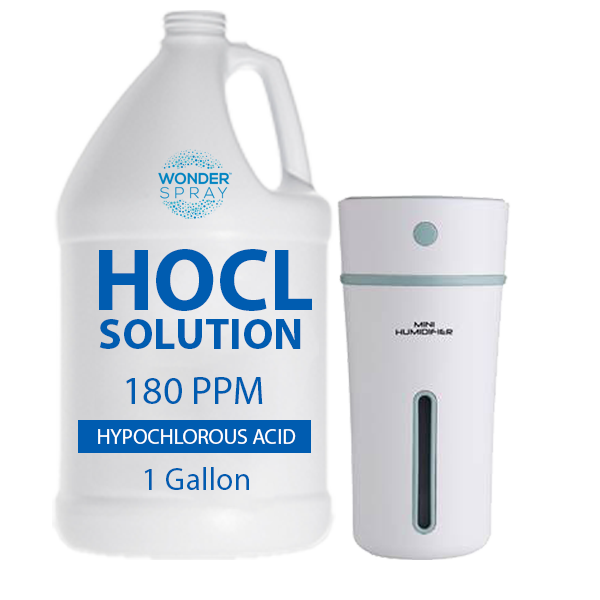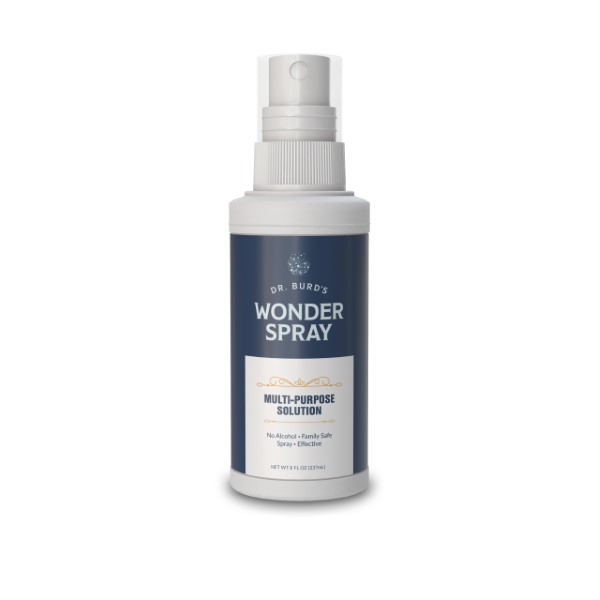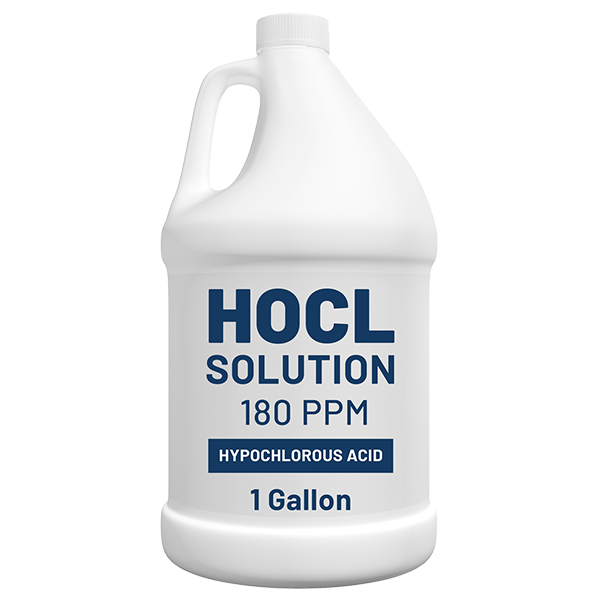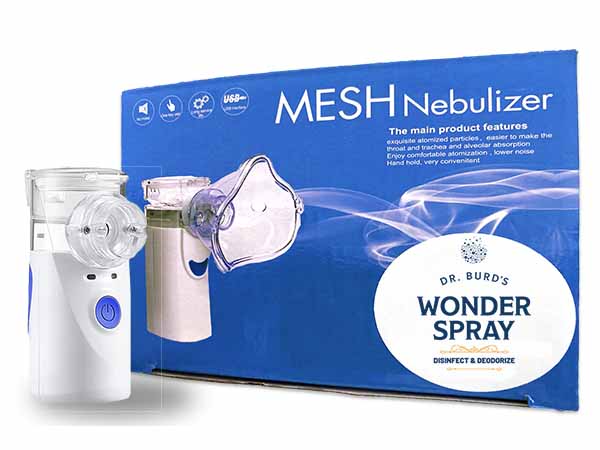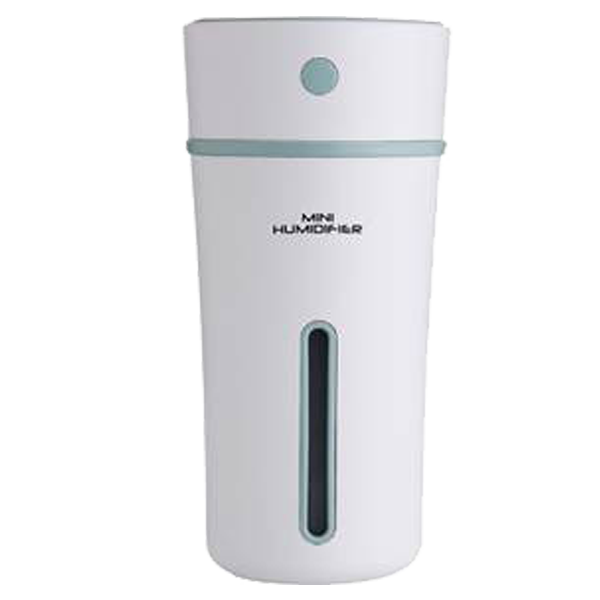Molecular geometry is the three-dimensional arrangement of atoms in a molecule. It is an essential concept in chemistry as it allows us to understand how molecules interact and react with one another. Hydrogen hypochlorite (HOCl) is an example of a molecule where molecular geometry plays a critical role.
HOCl is a weakly acidic and highly reactive molecule that is widely used as a disinfectant in hospitals, food processing plants, and water treatment facilities. The molecular geometry of HOCl is determined by its Lewis structure, which shows the arrangement of electrons in the molecule.
The Lewis structure of HOCl shows that it consists of one oxygen atom, one chlorine atom, and one hydrogen atom. The oxygen and chlorine atoms are connected to each other by a single bond, while the hydrogen atom is connected to the oxygen atom by a covalent bond.
The Lewis structure of HOCl also shows that the oxygen atom has two lone pairs of electrons and the chlorine atom has three lone pairs of electrons. The lone pairs of electrons are responsible for determining the molecular geometry of HOCl.
To determine the molecular geometry of HOCl, we need to consider the repulsion between electrons. Electrons in lone pairs repel more than electrons in bonds. Therefore, the lone pairs of electrons in HOCl will push the atoms further apart, affecting the bond angles and the resulting shape of the molecule.
Using VSEPR theory (Valence Shell Electron Pair Repulsion theory), we can predict the shape of HOCl. The VSEPR theory states that the electron pairs in the outermost shell of an atom will try to get as far away from each other as possible, resulting in a specific shape.
The VSEPR theory predicts that the molecular geometry of HOCl is bent or V-shaped. The two lone pairs of electrons on the oxygen atom repel the bonded electrons, pushing the chlorine atom down and creating a bent shape. The angle between the chlorine-oxygen bond and the oxygen-hydrogen bond is approximately 108 degrees.
Knowing the molecular geometry of HOCl is essential as it affects its chemical properties. The bent shape of HOCl allows it to form hydrogen bonds, which are responsible for its high boiling point and solubility in water.
HOCl is widely used as a disinfectant as it is effective against a wide variety of microorganisms. Its molecular geometry plays a critical role in its disinfection properties. The bent shape of HOCl allows it to interact with the cell membrane of microorganisms, disrupting their structure and killing them.
HOCl also has other benefits. It is a safe and effective alternative to traditional disinfectants, such as bleach and peroxide, which can be harmful to the environment and human health. HOCl is non-toxic, non-irritating, and eco-friendly. It does not leave any residue or harmful byproducts, making it an ideal disinfectant for use in sensitive environments such as hospitals, food processing plants, and schools.
HOCl is also inexpensive and easy to produce. It can be generated on-site using a simple electrolysis process, which involves passing an electric current through a solution of salt and water. This generates a solution of HOCl that can be used as a disinfectant.
In conclusion, understanding the molecular geometry of HOCl is essential for understanding its properties and uses. The bent or V-shaped geometry of HOCl determines its disinfection properties, as well as its other benefits such as safety, affordability, and eco-friendliness. HOCl is a powerful disinfectant that can be used in a wide variety of applications, from healthcare to food processing, and its molecular geometry plays a crucial role in its effectiveness.




